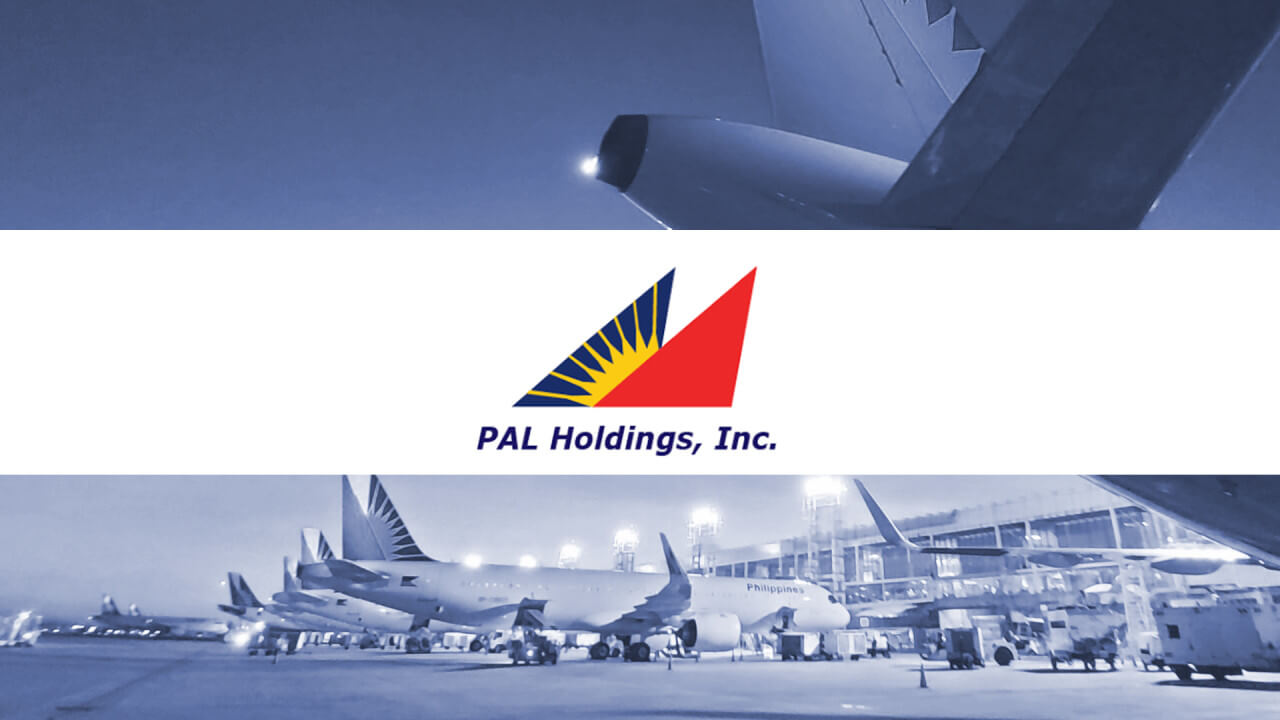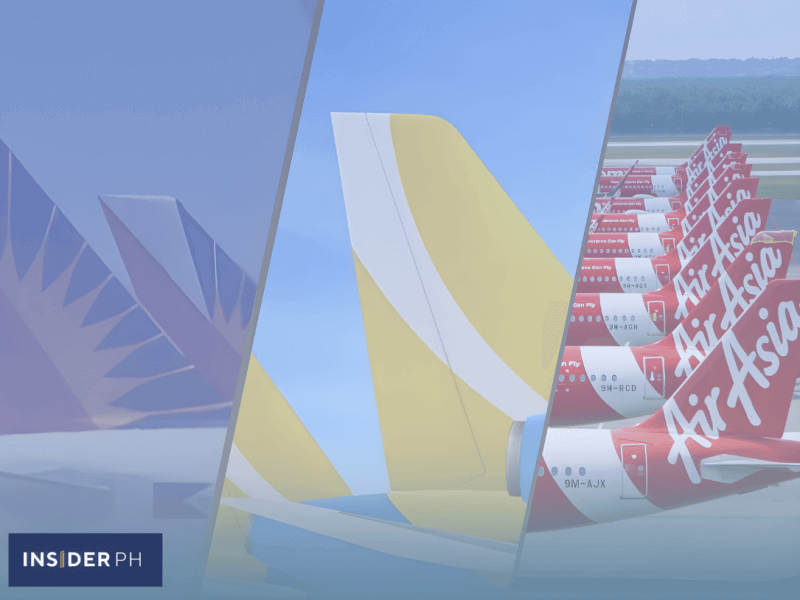

PAL’s listed parent firm, PAL Holdings, saw profits during the first semester of the year plunge by 45 percent to about P6 billion as costs picked up and revenue growth slowed.
Higher costs are expected since the flag carrier had to rapidly scale up its operations to accommodate still-robust demand for flights.
Cheaper PAL flights
What was unusual in PAL’s case was that passenger revenues grew by a slower 2 percent to P79.8 billion in the first half and dropped 4 percent in the second quarter, which captures the peak summer travel period.
This was despite a 12.5 percent increase in passenger volume to 7.9 million during the first half. PAL said the spike in passenger volume was “offset by a decline in average fare per passenger.”
Big picture
Airlines are starting to see more “normalized” growth figures after the significant travel boom following the pandemic.
While the overall market is still expanding and travelers remain eager to fly, data shows that many are opting for more budget-friendly options in response to persistent inflation.
Budget carrier shift
This trend is evident in numbers released by PAL’s chief domestic rival, the Gokongwei family-led Cebu Pacific, which also grew passengers by over 12 percent and outpaced PAL’s volume by 45 percent to 11.5 million passengers during the first semester.
Notably, Cebu Pacific increased average fares by 5.7 percent during this period, helping passenger revenues grow by 18.4 percent.
Higher related costs weighed on the budget airline, which took delivery of seven planes in the first semester versus one plane for PAL. This led to a 5.4 percent profit decline to P3.5 billion during the first semester.
Analyst view
Alfred Benjamin R. Garcia, head of research at AP Securities, said Cebu Pacific’s (CEB) expansion has put PAL on the defensive.
“They are being forced to offer lower prices for their international flights to claw back market share from CEB,” he told InsiderPH.
International competition
PAL is also experiencing fleet constraints, limiting its ability to grow, which are compounded by competition on other international routes.
For example, travelers now have the option of taking United Airlines for mainland US trips after the airline launched its Manila-San Francisco service last year at competitive rates.
PAL management’s view
PAL president and chief operating officer Stanley K. Ng adopted a more cautious tone this year, reflecting a shift in sentiment following last year’s record performance.
“As the industry adjusts to a re-balancing between demand and capacity, and continues to face cost and supply chain challenges, we are implementing a disciplined investment plan to upgrade our fleet and continue our digital transformation so that we can serve our passengers better,” he said in a statement alongside their earnings report.
PAL to pursue fleet growth
Last month, Ng said the carrier will pursue a multi-billion dollar refleeting that will involve the acquisition of 60-70 planes, which will increase its fleet size to about 100 aircraft in the coming years.
In a stock exchange clarification to an InsiderPH report, PAL Holdings said the expansion plan has not yet been taken up by the board.

Miguel R. Camus has been a reporter covering various domestic business topics since 2009.
